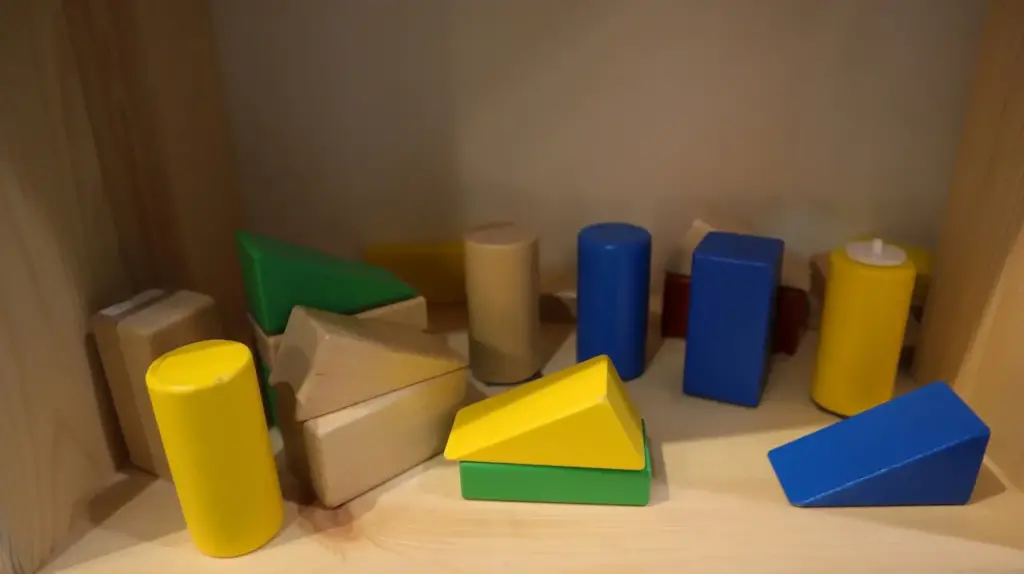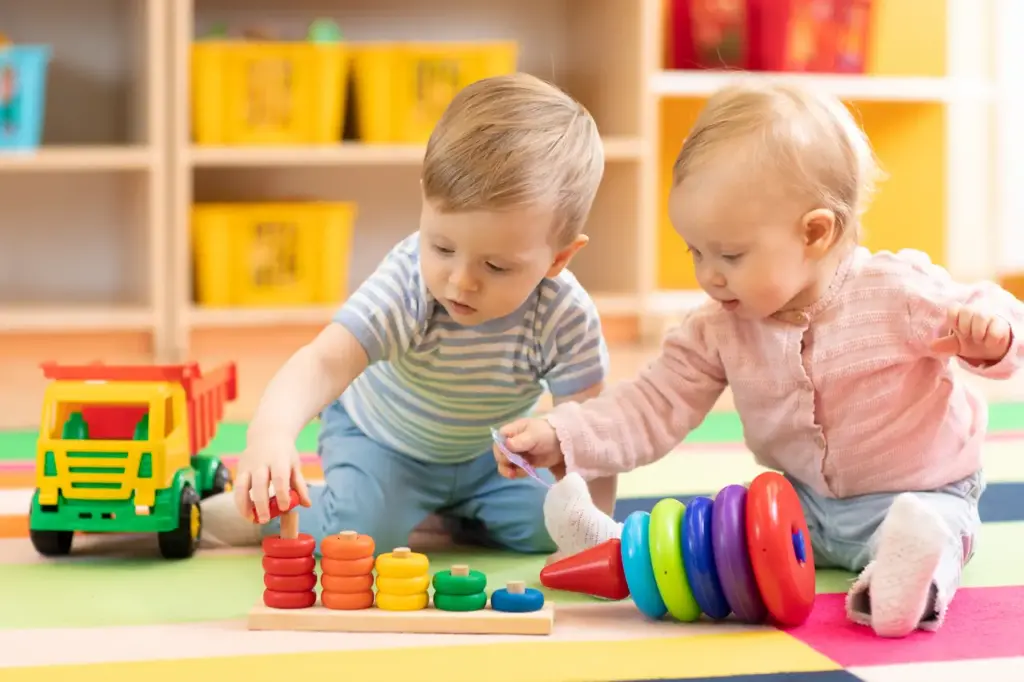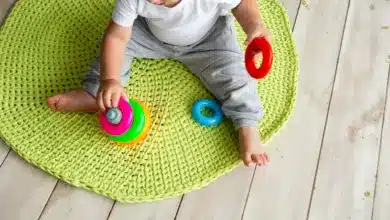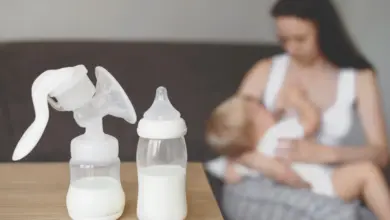Block Play For Toddlers
The most underrated brain-boosting toy in your child’s toy box
Block play is simple, but it builds real cognitive skills. Here are some tips on how to encourage toddlers to engage in block play.
Recently, I built a new bookcase for my office. You know those shelves that you buy in pieces at IKEA or Walmart, and have to put together yourself? I don’t like the instructions because they are too heavy on images and not enough on words. The instructions often use words that are not very helpful, such as “snap”, “click”, or “click”. These words, I have found, rarely occur in reality. Around 2 pages into the book, I asked my 10-year-old son for help. He has better spatial abilities than I do, even at his age. This is largely due to his genetics (his father is an engineer), and the fact that he used every type of toddler block play when he was young.

My fondest childhood memories involve playing with him as a toddler. We would use Duplos or Magnatiles. Or we’d play with plain wood blocks. He was obsessed with Legos by the age of 4.
He was fascinated with all the farm machinery when he visited my parents‘ farm. He was desperate to get a toy to combine so he could harvest his pretend corn. I told him we could make one from Duplos since we didn’t own a toy combine. At first, he was hesitant, but with a little assistance from me, we soon created a structure that resembled a combine. If the average person looked at this, they would probably not have recognized a combine. But was perfect for his toddler imagination. He had been combining corn all day and carried his creation in the car while we went on errands.
Spatial understanding is a key element of a toddler’s development and beyond. During his toddlerhood, he developed some amazing spatial skills. Surprise! This experience is backed up by research.
Block play has many benefits
There are now dozens and dozens of research studies that show the cognitive benefits for children of block play. Here are a few highlights.
- One study found that children (ages 4-7) who play with puzzles and blocks more than six times per week scored higher on spatial tests.
- Another study showed that children who played block-building (instead of word) games had better spatial skills. The researchers were able to see that the areas of the child’s brain responsible for motor and spatial skills were “activated” when they played block-building games.
The skills required for block play are not surprising. Like my furniture assembly task block-building requires spatial reasoning as well as the ability to visualize 3-dimensional objects rotating in space.
Why is block play important for toddlers?
My 10-year-old son has always loved block play. However, my younger child (age 6), has taken a little longer to warm up to it. He doesn’t love Legos as much as his older brother. I have persisted, though, because of the research about the benefits that block play has for young children.
Gradually, his interest has grown. He is now interested in spatial toys and different ways to play with blocks. As an example, at present, we have a block-building competition called Build or Boom. This was a hit with him because there was little competition, and you could “explode” the creation of another player. It’s not my favourite toy for building cooperation, but he loved it.

It is important to encourage toddlers to enjoy block play. Researchers found that block play and puzzles can have a positive impact on children’s spatial ability and early math skills. The 3-year-olds with more time spent playing with puzzles and blocks scored higher on spatial and early mathematics skills. This can impact STEM-related skills later in life.
It is important to offer your pre-schoolers and toddlers the option to play with blocks. You can help your child, like mine, by offering ideas on how to play with the blocks.
Block Play Ideas “Outside the Box
Consider some new, fun ways to include blocks in your toddler’s play.
- Use very large blocks to build castles, forts or pyramids.
- Have kids complete block-building tasks in a certain time. This is the challenge game that was used in one or more of the research studies. blocks rock!
- Use the lettered block to create a name or fun words
- Use blocks that have the characters printed on them to encourage pretend play
- Add marbles or balls to the mix to create paths or marble runs (once the kids have moved past the “putting everything in their mouth stage”).
You’ll thank me later when your child can strongly build your next piece of IKEA furniture for you!/strong> You’ll be grateful to me when your child builds your next IKEA piece for you.




